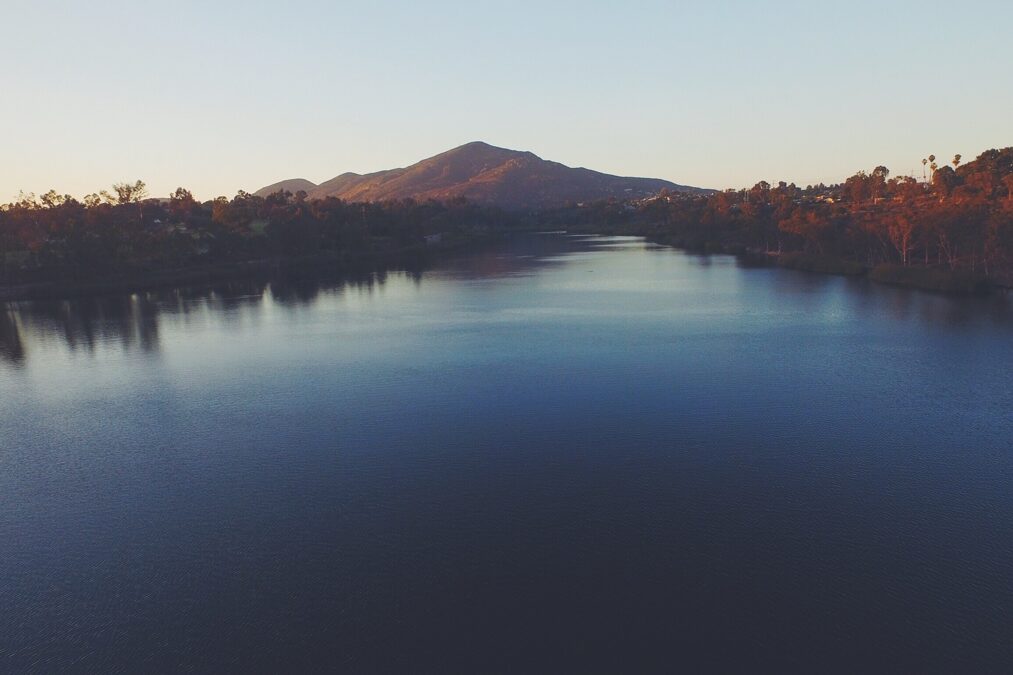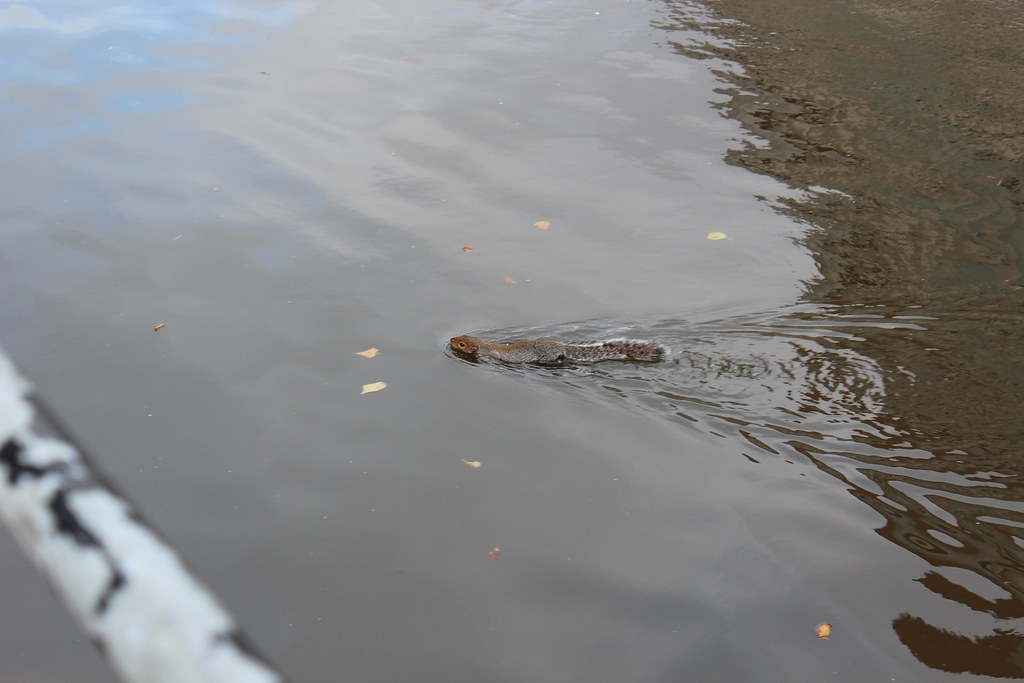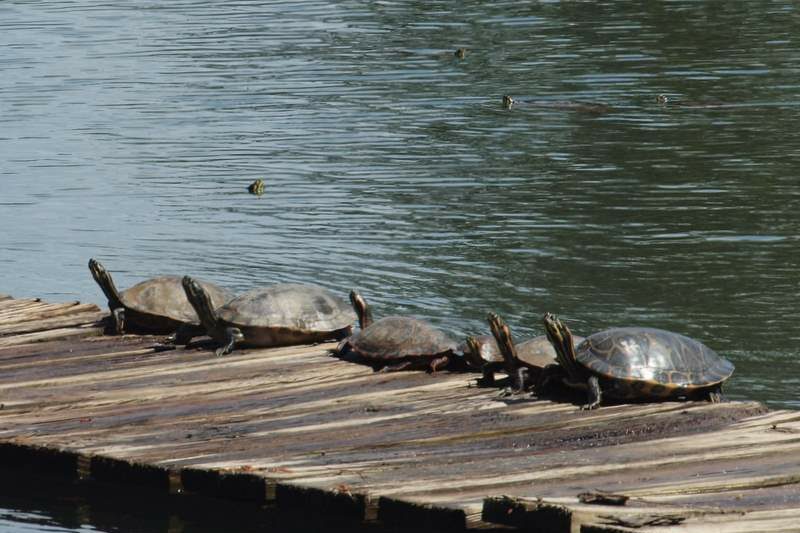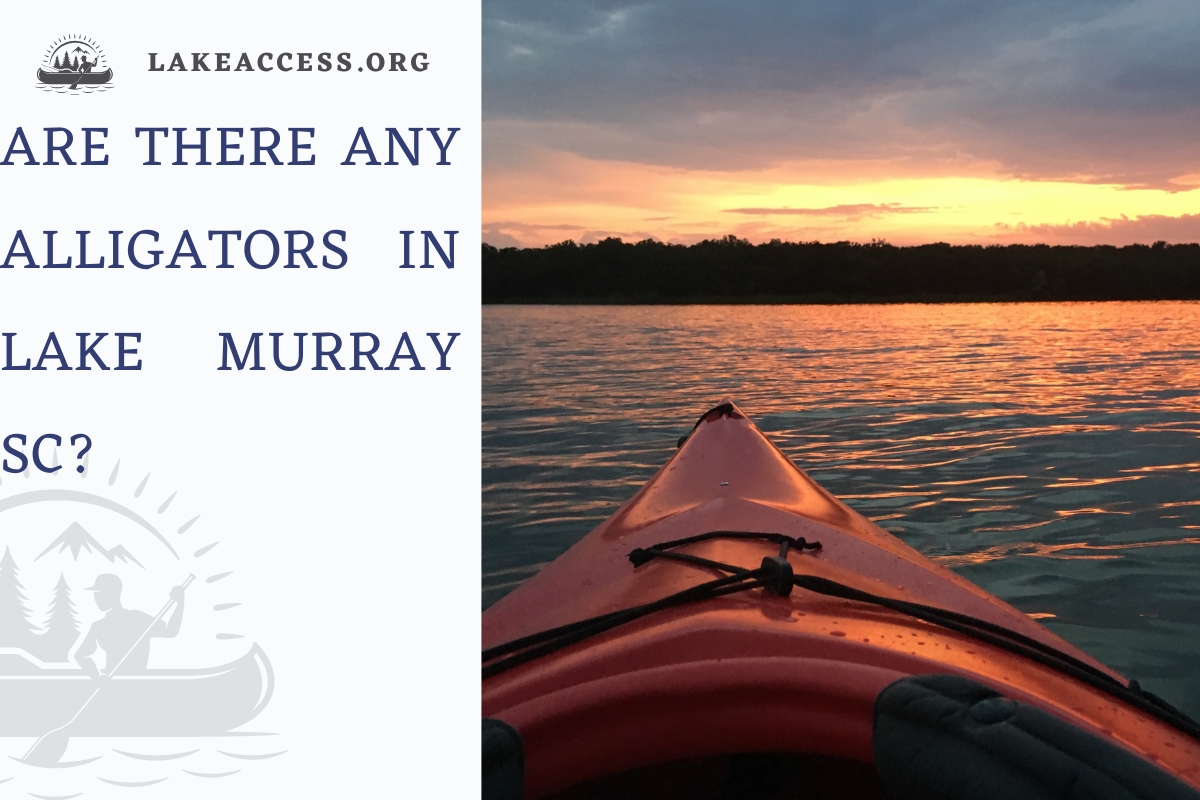Lake Murray, located in South Carolina, has captivated the imaginations of locals and visitors alike. As a well-known reservoir, it covers over 50,000 acres and boasts stunning views, recreational activities, and diverse wildlife. Among the intrigue surrounding Lake Murray, one question often arises: Are there alligators in Lake Murray? In this article, we will explore this topic, delve into the facts, and dispel any misconceptions. Let’s navigate the waters together and discover the truth.
Overview of Lake Murray
Lake Murray, with its 41-mile length and 14-mile width, is the result of a dam construction project on the Saluda River. It serves as a reservoir, providing hydroelectric power and water supply. The scenic beauty of Lake Murray attracts visitors who enjoy boating, fishing, swimming, and other water-based activities.
Fun Fact: Did you know there is an 1800s graveyard beneath Lake Murray? It has over 2300 Graves, including the headstone and markers. There’s also a Wyse Ferry Bridge under Lake Murray.

Alligators In Lake Murray, South Carolina
Yes, alligators have been reported in Lake Murray, South Carolina. While alligators are not native to the area, they have been known to inhabit the lake. It’s essential to exercise caution when near bodies of water where alligators may be present, as they can be dangerous if provoked or threatened. If you encounter an alligator, it is advisable to keep a safe distance and notify the local authorities or wildlife management agency.
South Carolina is known for its rich biodiversity, and alligators are a natural part of the state’s ecosystem. The coastal regions and low-lying areas provide suitable habitats for these reptiles. While alligators are not typically found in every body of water, they do inhabit certain lakes, rivers, and swamps in the state.

Factors Influencing Alligator Population
The history of alligators in Lake Murray, South Carolina, is relatively recent. Alligators are not native to the region but have made their way into the lake over time. The presence of alligators in Lake Murray can be attributed to several factors.
One significant factor is the expansion of alligator populations in neighboring areas. Alligators are native to the southeastern United States, including states like Florida and Georgia. As their populations have grown and habitats become more crowded, alligators may disperse into new territories, including bodies of water like Lake Murray.
Another contributing factor is the creation of suitable habitat. Lake Murray, a large reservoir covering approximately 50,000 acres, provides an ample environment for alligators. With its marshy areas, abundant vegetation, and ample food sources, the lake can support alligator populations.
While it’s challenging to pinpoint the exact origins of alligators in Lake Murray, it’s believed that some individuals may have been introduced intentionally or unintentionally by humans. People sometimes release pet alligators into the wild when they become too large or difficult to care for, which can contribute to non-native alligator populations in certain areas.
Over the years, reports of alligator sightings and encounters have increased in Lake Murray. Local authorities and wildlife management agencies have monitored the situation and implemented measures to ensure public safety. It’s crucial for residents and visitors to exercise caution and follow guidelines provided by the authorities when interacting with or near alligators in Lake Murray.

Public Safety and Conservation Efforts
While alligators have been reported in Lake Murray, the South Carolina Department of Natural Resources (SCDNR) and local wildlife management agencies prioritize public safety. They regularly monitor the situation and implement measures to ensure the well-being of both humans and wildlife.
Visitors should exercise caution and follow the guidelines provided by the authorities when interacting with or near alligators in Lake Murray. This includes keeping a respectful distance, refraining from
provoking or threatening the alligators, and reporting any sightings to the appropriate authorities. The SCDNR and other agencies have established response teams to handle alligator reports and ensure the safety of residents and visitors.
Wildlife Wonders of Lake Murray
While alligators may capture much of the attention, Lake Murray is home to a diverse range of wildlife. Snakes such as the banded, redbelly, brown water snakes, as well as the eastern ribbon and garter snakes, can be found swimming in the lake. Their colorful scales, slender bodies, and slithering movements add to the area’s natural beauty.
Other wildlife inhabiting Lake Murray and its surrounding areas include turtles, striped bass, large and smallmouth bass, bream, crappie, catfish, white-tailed deer, grey squirrels, egrets, ospreys, purple martins, Canadian geese, and mallard ducks. The biodiversity found in and around the lake offers nature enthusiasts ample opportunities for observation and appreciation.

Conclusion
Lake Murray, South Carolina, with its captivating beauty and recreational opportunities, continues to fascinate both locals and visitors. While alligators have made their way into the lake, it’s crucial to exercise caution and respect when encountering these creatures. By following guidelines provided by the authorities and appreciating the diverse wildlife that coexists with us, we can create a harmonious environment for all. So come explore the wonders of Lake Murray, from its alligator myths to its abundant wildlife and historical treasures beneath its depths. The lake beckons, inviting you to experience its natural splendor and make lasting memories.
FAQs
Are alligators a danger to people in Lake Murray?
Although some people claim to have seen a crocodile on the Lexington and Saluda county side of the lake, according to the South Carolina Department of Natural Resources (SCDNR), there aren’t any alligators in Lake Murray. However, recently, there has been chatter on Facebook about an animal seen in the lake, with some people believing it to be an alligator while others think it may be a caiman. It is unclear whether this animal poses a danger to people, so it is best to be cautious if you ever spot it.
Are there any other reptiles in Lake Murray besides alligators?
Yes, there are other reptiles in Lake Murray besides alligators. South Carolina’s banded, redbelly, brown water snakes, and eastern ribbon and garter snakes can all be found swimming in the lake. These snakes range in size from around 12-20 inches and are distinguished by their colorful scales, thin bodies, and slithering movements.
Is it legal to hunt alligators in Lake Murray?
According to the South Carolina Department of Natural Resources (SCDNR), hunting alligators in Lake Murray, South Carolina, is illegal. Although some people have claimed to have seen a crocodile on the Lexington and Saluda county sides, the SCDNR report states that there are no alligators in Lake Murray.
What other wildlife can be found in Lake Murray?
Other wildlife in Lake Murray include turtles, striped bass, large/smallmouth bass, bream, crappie, catfish, white-tailed deer, grey squirrels, egrets, ospreys, purple martins, Canadian geese, and mallard ducks. Additionally, nearby areas may have snakes like the South Carolina banded, redbelly, and brown water snakes, as well as the eastern ribbon and eastern garter snakes.
Is there a way to contact someone to report an alligator sighting in Lake Murray?
Yes, there is a way to contact someone to report an alligator sighting in Lake Murray. Residents should contact the South Carolina Department of Natural Resources (SCDNR) to report alligator sightings or to get assistance with removing an alligator. The SCDNR has been tasked with monitoring and managing alligators in the state, and they have the appropriate resources to remove alligators if necessary. Additionally, many counties in the state have established alligator response teams to handle such reports.
How many alligators are in South Carolina?
South Carolina is home to the second-largest population of Alligators in the United States of America. There are an estimated 100,000 alligators in South Carolina, According to the South Carolina Department of Natural Resources (SCDNR) report. But no one knows what the exact number is.
According to a Clemson University report, the reptiles are found primarily in various habitats along the coastal plain, including tidal marshes, swamps, rivers, and lakes.
What is Lake Murray, SC, best known for?
Lake Murray is a 50,000-acre artificial lake in South Carolina’s Midlands. It is a beautiful lake known for striped bass fishing and summer water sports. On Lake Murray, people enjoy boating. It is one of the best Lake Murray experiences. Lake Murray has a length of 41 miles and a width of 14 miles. When completed, the lake was the world’s largest artificial reservoir.
Are there snakes in Lake Murray, SC?
Yes, South Carolina’s banded, redbelly, and brown water snakes can be found in Lake Murray. Garter snakes located near Lake Murray include the eastern ribbon and eastern garter snakes.
Is Lake Murray Open to the Public?
Yes, 11 public lake area spots are available to the general public for fishing, boat launching, and public access seven days a week except for certain holidays. In addition, restrooms, paved and unpaved parking, gas islands, picnic areas, and other amenities are available.
Can you swim in Lake Murray, South Carolina?
Yes, you can swim in Lake Murray. It is entirely safe. The lake water temperature is typically between 90 °F and 40 °F. It is one of South Carolina’s cleanest lakes. The lake employees ensure that the lake is immaculate 24/7. The lake water level is 355.91 feet MSL. Lake Murray has no designated swimming areas; you can swim wherever you want. It’s free and refreshing.

